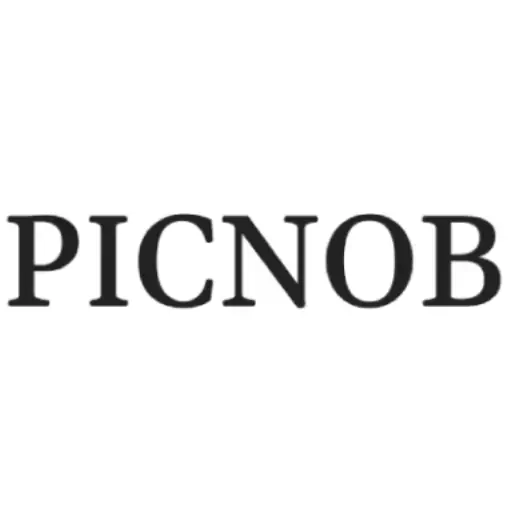
How Do I Make an App Like OnlyFans?
Creating an app like OnlyFans involves several steps and considerations. As per my research, building a platform like OnlyFans requires careful planning. Development expertise, and a clear understanding of the features. Functionalities that make it successful. In this article, I’ll guide you through the process, based on my experience and available data.
Table Of Content
- Understanding the Concept of the OnlyFans Clone App
- Defining Features and Functionality
- User Profiles
- Content Management
- Subscription Models
- Payment Integration
- Social Features
- Moderation and Security
- Development Process
- Planning and Research
- Design
- Development
- Testing
- Launch
- Maintenance and Updates
- Legal and ethical considerations
- Compliance
- Conclusion
Understanding the Concept of the OnlyFans Clone App
OnlyFans is a subscription-based platform. Where creators can monetize their content by offering exclusive access to subscribers. The app provides a space for creators to share various types of content. From photos and videos to live streams. Subscribers pay a monthly fee to access this content, and creators earn a share of the revenue.
Before diving into the development process. It’s essential to understand the core features and functionality. That makes the OnlyFans clone app successful. As I found it over research, these include user profiles. Content management, subscription models, and payment integration.
Defining Features and Functionality
User Profiles:
- Creators: Creators need a robust profile system where they can showcase their content. Interact with subscribers, and manage their subscriptions. This includes setting up bio sections, uploading profile pictures, and displaying content previews.
- Subscribers: Subscribers should have profiles. Where they can manage their subscriptions, view content, and interact with creators. They should also be able to receive notifications about new content and updates.
Content Management:
- Upload and Display: Creators need a seamless way to upload and manage their content. This includes photos, videos, and live streams. Content should be organized and easy for subscribers to navigate.
- Content Categories: To enhance the user experience, content can be categorized. Based on types, tags, or themes, making it easier for subscribers to find what they’re interested in.
Subscription Models:
- Monthly Subscriptions: The primary revenue model for apps like OnlyFans is monthly subscriptions. Creators set their subscription rates. Subscribers pay this fee to access the content.
- Pay-Per-View: Some content may be locked behind a paywall. Where subscribers pay an additional fee to view specific content.
- Tips and Donations: Allowing subscribers to tip or donate to creators. Can add an additional revenue stream.
Payment Integration:
- Secure Payments: Integrating a secure payment gateway is crucial for handling transactions. This involves setting up systems for processing credit/debit card payments. Handling refunds, and managing payouts to creators.
- Subscription Management: Managing recurring payments and ensuring. That subscriptions are renew programmed is essential for maintaining a steady revenue stream.
Social Features:
- Messaging: Implementing a messaging system. Where subscribers and creators can communicate direct enhances engagement.
- Notifications: Sending notifications for new content, messages, and other updates. Keeps users engaged and informed.
Moderation and Security:
- Content Moderation: Implementing moderation tools to review and manage content ensures. That the platform adheres to community guidelines and legal requirements.
- User Security: Protecting user data and ensuring the security of transactions is critical. Implementing encryption and secure login processes helps safeguard sensitive information.
Development Process
Planning and Research:
- Market Research: Understanding the market and your target audience is the first step. This includes analyzing competitors, identifying user needs, and defining your unique value proposition.
- Feature Set: Define the features and functionalities you want to include in your app. Focus on these features and plan the development stage steps.
Design:
- User Interface (UI): Design an intuitive and visible, appealing interface. The user experience (UX) should be seamless, with easy navigation and accessibility.
- Wireframes and prototypes: Create wireframes and prototypes to visualize the app’s design and features. This helps in identifying potential issues and refining the design before development begins.
Development:
- Choosing Technology: Select the technology stack that best suits your needs. This includes deciding on programming languages, frameworks, and databases.
- Frontend and Backend Development: Develop the frontend and backend components of the app. The backend handles data management, authentication, and payment processing. While the frontend focuses on user interaction and content display.
- Integration: Integrate third-party services such as payment gateways. Content delivery networks (CDNs), and messaging systems.
Testing:
- Quality Assurance (QA): Conduct thorough testing to ensure. That the app is functional, secure, and free of bugs. This includes unit testing, integration testing, and user acceptance testing.
- Beta Testing: Release a beta version of the app to a select group of users for feedback. This helps identify any remaining issues and gather insights on user experience.
Launch:
- Deployment: Deploy the app to the respective app stores (Google Play Store, Apple App Store). Set up any necessary backend infrastructure.
- Marketing and Promotion: Create a marketing strategy to promote your app. This includes leveraging social media, content marketing, and other promotional tactics. To attract users and creators to your platform.
Maintenance and Updates:
- Monitoring: Continue to track the app for performance, security, and user feedback. Address any issues that arise and make improvements based on user input.
- Regular Updates: Release regular updates to add new features. Fix bugs, and enhance the user experience.
Legal and ethical considerations
Compliance:
- Content Regulations: Ensure that your platform complies with local and international content regulations. This includes adhering to guidelines on explicit content. Intellectual property rights, and user privacy.
- Data Protection: Put in place measures to protect user data and follow data protection regulations. Such as GDPR (General Data Protection Regulation) or CCPA (California Consumer Privacy Act).
- Terms of Service and Privacy Policy:
- User Agreements: Draft clear and comprehensive terms of service and privacy policies. These documents outline the rights and responsibilities of users. As well as how their data will be handled.
Conclusion
Creating an app like OnlyFans. Involves a detailed process that includes understanding the core features. Planning and development, and addressing legal and ethical considerations. As per my experience. The key to success is a well-thought-out strategy, effective execution, and continuous improvement. Based on user feedback and market trends.
By following these guidelines and leveraging the right technology and resources. You can build a platform that meets the needs of both creators and subscribers. Ensuring a successful and sustainable app.





